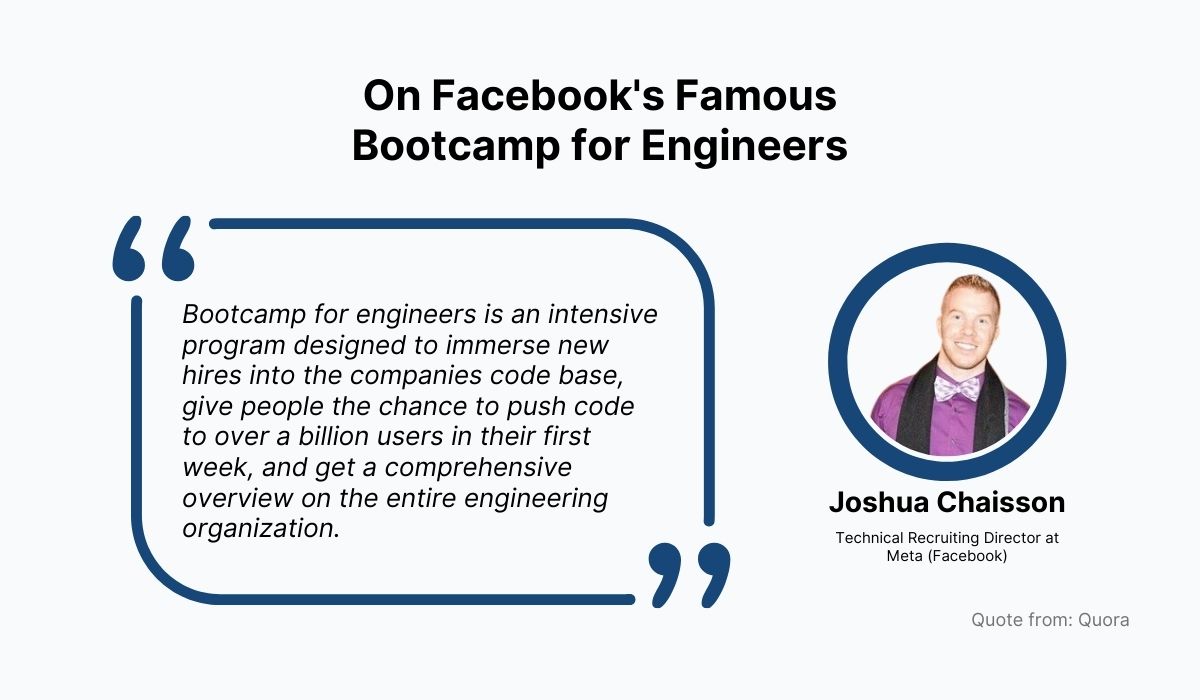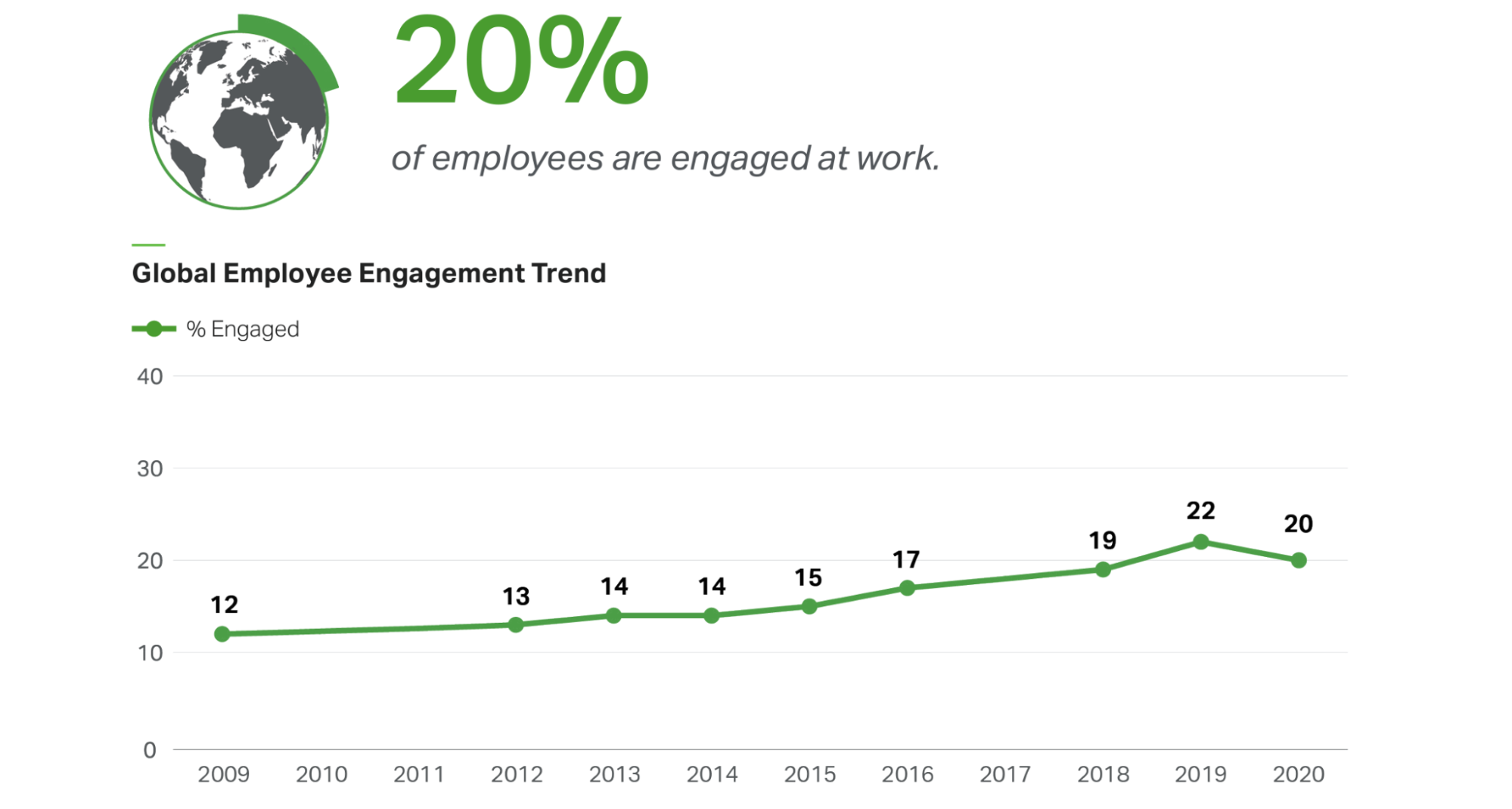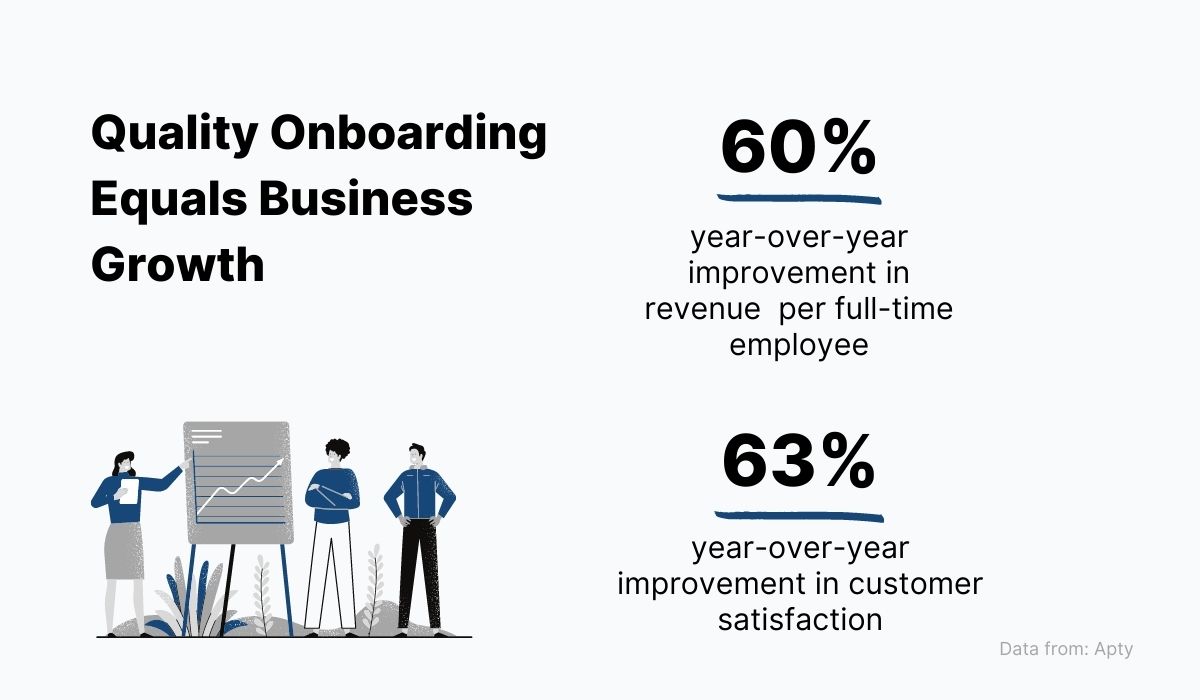Good employee onboarding practices are a crucial ingredient for company success.
In fact, it wouldn’t be an exaggeration to say that any kind of success, in terms of accomplishing your organization’s goals and advancing your mission, isn’t possible without quality onboarding.
This article will go into detail about all of the ways in which the onboarding process connects to company culture, economic health, and business growth to show you just how important onboarding is to the overall functioning of your business.
So let’s dive right in.
Attracting Top Talent
Nowadays, employee onboarding has become much more than simply training new employees. Rather, it’s now seen as a testament to the quality of the employer, as well as an opportunity to showcase the company’s culture.
That’s because businesses are becoming more and more conscious of the fact that happy employees are the ambassadors for their culture.
In other words, their great experience motivates them to recommend their workplace to others.
Unfortunately, many companies still don’t understand the link between onboarding and future hiring.
This is evident in the fact that most employees wouldn’t recommend their place of work to others after going through the onboarding period.

On the other hand, companies that appreciate how happy employees invite more quality talent into their company do everything they can to impress their employees from day one.
That’s why Salesforce greets new employees with a welcome kit that contains branded swag, a selection of books for professional development, and a nerf gun.

Imagine if you asked a friend how their first day at Salesforce went, and they said something like, “Oh, it was great, they got me the exact laptop I asked for, and we had a nerf war after lunch. Here, have a sticker.”
You’d probably have a peek at their careers page, wouldn’t you?
Conversely, if they told you they had to wait until lunch for someone to find them a desk and provide them with the email login, you’d probably make a mental note never to apply for a job at that company.
But it’s not just the friends and family of the new employee who will be hearing about your onboarding process.
An unimpressed employee may also voice their opinion on online forums or employee review sites, such as Glassdoor.

If you think these kinds of reviews don’t carry much weight, you should know that as of 2021, 86% of job seekers research employer reviews and take them into consideration when deciding to apply for a job.
The main takeaway here is that your onboarding practices have a tremendous impact on your brand as an employer and will definitely attract or deter quality new hires.
The best advice we can give you is to come up with and apply onboarding activities that will impress your new hires so much they’ll want to share their excellent experience with your company with the whole world.
Reducing Time to Productivity
An expertly crafted, intensive onboarding program will shorten the time it takes for your new recruits to become productive, while failing to give your new hires enough attention will prolong the time to productivity.
Time to productivity is actually one of the most important metrics HR experts use to gauge the effectiveness of employee onboarding.
In basic terms, time to productivity is simply the number of days that go by from the employee’s first day at work to the moment when they become a productive employee who requires very little supervision in their work.
As an HR metric, time to productivity is usually tracked by its average value. Here’s an easy formula:

If you’re not already tracking this metric, we highly recommend you do so.
Keeping a close eye on average time to productivity will tell you almost everything you need to know about the quality of your onboarding process.
If you notice the value increasing, then it’s time to refocus your efforts on your onboarding activities and make them more effective.
Moreover, using this metric, you’re enabled to experiment with different approaches and activities to see which ones work best to shorten the time needed for your employees to become productive.
Facebook’s famous boot camp approach to onboarding is a great example of this.
Engineers at Facebook start work on their first projects within 45 minutes of sitting down at their workstations on their first day at the company.

This way, engineers are empowered to start making a global impact from day one, and they are encouraged to be innovative in their approach to solving some of the most advanced software engineering challenges in the world.
With a good onboarding program, you have the best possible chance of reducing time to productivity as much as possible.
But don’t take it from us—take it from Google.
A couple of years ago, Google wanted to increase the productivity of their new employees so they decided to do an experiment.
They wanted to see if Nooglers (new Googlers) would be more productive if onboarding was more social and communication-based.
As a part of the experiment, employee managers were sent an email one day before the Noogler was due to start.
The email contained a simple checklist. Here it is:

As you can see, the checklist contains nothing but cultural touchpoints which are intended to help the employee feel comfortable, safe, and as a part of the team from day one.
The experiment was a huge success. The managers that followed the checklist reported a whopping 25% increase in new employee productivity. And so, Google decided to keep this practice.
It’s clear that new employees should learn everything there is to know about their role and start contributing to company goals as quickly as possible.
Therefore, keep investing in your onboarding process and think of it as a sound investment that will pay off as your employees become productive faster than ever before.
Boosting Employee Engagement
Employee engagement is essential to your company’s economic health. This fact has long been known. It permeates every aspect of contemporary work, including, of course, the onboarding process.
Elevated engagement values keep your company performing at the highest level, and they also have a positive impact on your workers’ lives.

Sadly, the engagement levels of the global workforce are far from satisfactory, and they seem to be diminishing even further with a 2% decrease in employee engagement between the years 2019 and 2020.
The pandemic may be responsible for this downward trend.

The foundations of high employee engagement can almost always be traced back to a quality employee onboarding program.
Think about it: during the onboarding process, employees are learning the ins and outs of their roles.
The better they settle into their role and the more they understand how it connects to the company’s overall mission, the more engaged they will feel working within it.
But onboarding is about more than the workflow itself. It’s also a period when new employees are integrated into the company and get engaged with their new colleagues.
The better the new employee manages to adapt to the new environment and become part of the community of their new company, the more engaged they will be contributing to goals they will start to see as their own.
Remember: the more successful you are at onboarding employees, the more engaged your workforce will be, meaning your productivity levels will be off the charts.
Building a Stronger Company Culture
A company’s culture can be defined as a set of values, characteristics, and attributes that are shared by the organization’s founders and employees.
Onboarding has a critical role in the production and dissemination of your company culture because a quality process makes it easier for new hires to assimilate into it.

This actually has two aspects.
First, it’s the responsibility of the HR department and team leaders to find candidates who are a good cultural fit for your organization.
Talent alone shouldn’t be enough to secure candidates a place in your organization. You should also keep an eye out for individuals who will understand what your company is all about and work well alongside others.
Second, no matter how good of a cultural fit your new employee might be, they will still have to learn about your company’s unique values and attributes to really take part in them.
Eventbrite is an example of a company with a deep understanding of how culture onboarding boosts employee engagement.
It’s interesting to look at how they take every possible opportunity to build a team spirit, down to the level of the words they use to describe their community (Briteland) and identity (employees are called Britelings).

At Eventbrite, new recruits get their profile put up around the office so that their colleagues can quickly learn their names and connect them to new faces, so they can approach newbies and make them feel welcome.
Employees consistently rate Eventbrite’s onboarding as excellent, which is all thanks to their culture-first approach.

Employee onboarding should create ample opportunity for coworkers to form relationships and networks that will support your company culture.
Increasing Employee Retention Rate
Did you know that high new employee turnover represents one of the biggest threats to your business?
Think about it: the more time an employee spends with you, the bigger the return on your investment is.
On the other hand, employees that leave your company after just a couple of months never had a chance to contribute, so you can count the funds invested in their recruiting, hiring, and onboarding as a loss for your company.
The trouble is that a lot of employee turnover occurs precisely during the onboarding process.
That’s because many companies still neglect to invest enough time and resources into onboarding their new recruits.

Companies who focus on making a good first impression and providing an excellent employee experience during this highly sensitive early period stand to see their retention numbers soar.

An onboarding process that helps you retain your new employees should also encompass a pre-boarding period during which you or your HR staff keep the lines of communication open.
That’s because a significant number of recruits, as many as 11%, change their minds after accepting an offer and before they ever step foot in the office.
This waiting time is best spent filling out forms and signing important employment documentation. That’s an easy but necessary onboarding step that can be done without supervision, so it’s a good idea to get it out of the way.
Furthermore, since the waiting period can last up to a couple of weeks, it’s also a good idea to have the new hire go over some of your company’s founding documents in that period, such as your company policy, code of conduct, and role structure.
So feel free to send them this documentation, but do it in increments, to avoid overwhelming them.
Better yet, if you’re using a modern documentation software product, like Archbee, you can just give them the login information and point them in the right direction.
That way, the new recruit can learn about your company at their own pace, with every piece of important knowledge right at their fingertips.

This is the better option because Archbee allows you to embed multimedia, such as video and images, directly into your documentation, making the learning process a lot more stimulating.

When the day finally arrives and your new employee starts working in their new role, you can commence with the other onboarding activities.
Keep the process as engaging as possible to ensure your new hire stays with you for many years to come.
Setting Foundations for Business Growth
As this article has shown you, good onboarding practices help your company thrive in a variety of ways.
And when all of these benefits work together, the direct result is accelerated and steady business growth.
The reason is simple.
If your onboarding process creates happy, committed, high-achieving employees who need minimal supervision in their work, then those employees will go on to make sound business decisions, make fewer mistakes, and help you advance your company mission every single day.
This seems logical and self-explanatory in itself, but it’s actually backed by hard data.
Research by the Aberdeen Group has shown that good onboarding is positively correlated with revenue growth, as well as customer satisfaction.

Simply put, with successfully onboarded employees, your revenue can expand, and costs are cut because mistakes and turnover are radically reduced.
At the same time, your happy and skillful employees have a much better chance to provide stellar customer service, which contributes to customer loyalty, and once again, revenue growth.
To unlock accelerated business growth, it’s a good idea to start thinking about every individual worker at your company as a contributing factor to your economic health and business success.
Many companies understand the importance of investing in their employees to pave the way for unstoppable growth.
Look at Seattle Genetics, for example. Their new employees get ample on-the-job training, but they’re also regularly sent to summits and conferences relevant to their field, too.

On top of that, they also have tuition reimbursement programs in place so that employees can go back to school and develop their skills and careers, in any field they feel will help them in their work.
For example, geneticists are free to take business and management courses as well.
The best advice we can give you in this regard is not to view your employees as a means to an end. Rather, try to look at employee satisfaction and skill as a goal in itself.
As long as you keep investing effort into accomplishing it, progress on your business growth will soon follow.
The Importance of Good Employee Onboarding Cannot Be Overstated
This article has aimed to shed some light on how the onboarding process benefits every positive aspect of work and is absolutely crucial to the economic success of your organization.
From increased productivity and a better talent pool to reduced turnover and a thriving culture, as well as much more, good onboarding practices build a foundation without which achieving your mission would be much more difficult.
Therefore, never stop investing in good onboarding programs, and you will most certainly reap the rewards brought by a happy, talented, and skillful workforce.











